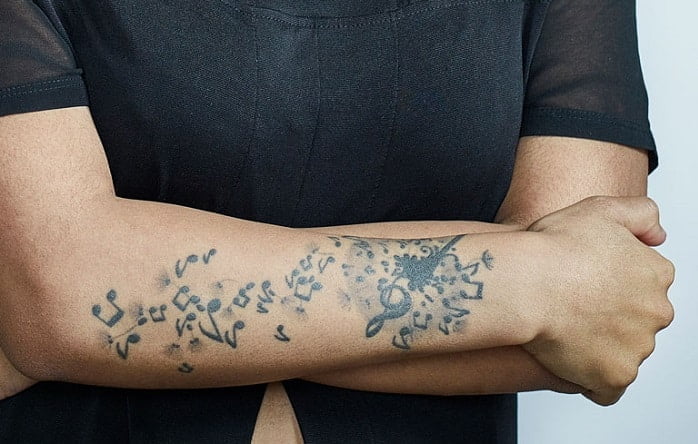Being diagnosed with diabetes can limit your fascination with some worldly things. It involves changing your lifestyle and making your routine healthier and invigorating as much as possible. However, there is one question that needs both an answer and reassurance – is getting a tattoo also a restriction for people with diabetes? Is it safe to involve in body art amidst diabetes diagnosis?
To suffice such a question, people who have been diagnosed with diabetes are free to do things that non-diabetics normally do. And this includes getting a tattoo or any form of body art. If you are a diabetic person who wishes to have a body part inked with a cool design, you are free to do so. However, there are precautionary measures you must observe. Read on to know more.
What you need to know
Before getting a tattoo, there are things you need to carefully note. Consider the following:
- Ensure that your blood sugar levels are controlled and managed properly.
- Know where to place your tattoo
- Safety and awareness of your condition
- Having a credible and licensed tattoo artist
- Remember the risk of getting your body part inked
Where should the tattoo be placed or inked?
People who do not have diabetes can choose any part of their body to get inked. However, for those diagnosed with the said condition, there are specific areas of the body that you should avoid getting tattooed. These include:
- Shin
- Feet
- Ankle
- Buttocks
- Arms
- Thighs
- Abdomen
For body parts such as the arms, abdomen, and thighs, remember that these are areas where insulin shots are administered. Apart from that, if you place your tattoo in these specific parts, complications or infections may happen.
What is the risk of having a tattoo?
One of the most common symptoms of type 2 diabetes is slow-healing wounds. Note that getting tattoos involves skin-piercing and insertion of pigment under the skin. This can result in small wounds or cuts. Remember that for people with diabetes, healing time may take longer than expected. As a result, complications may happen.
Accredited Tattoo Artist
In getting a tattoo, one of the significant factors to ensure safety is knowing if your tattoo artist is licensed and credible in this field. This also includes the usage of sterilized tattoo equipment. It is also your right to ask your tattoo artist if the needle to be used is clean and sanitized for your safety.
Things to do before and after getting a tattoo
Here are the things you must learn before and after getting yourself inked:
- Find a reliable and reputable tattoo place. Ensure that the equipment they will be using during the procedure is clean and sanitized.
- Inform your artist that you have diabetes. Doing so will help them understand your condition better and why you are cautious in asking about cleanliness and sanitary.
- Ask your artist about the healing time. This will help in knowing how your skin recovers from the piercings.
- After getting a tattoo, it is necessary to clean the inked part well. Doing so will prevent infections from developing. You can also use ointments to help in the recovery.
Takeaway
Just because you are diagnosed with diabetes doesn’t mean you are not allowed to get a tattoo. However, you must keep in mind that there are precautions you need to follow to avoid the occurrence of different diabetes-related complications. Furthermore, seek approval first from your healthcare professional, and only then are you allowed to get inked.
Doctor’s Recommendation
Before getting a tattoo, it is wise to ensure HBA1C is under 7% and the ink does not go on places usually reserved for injections.



